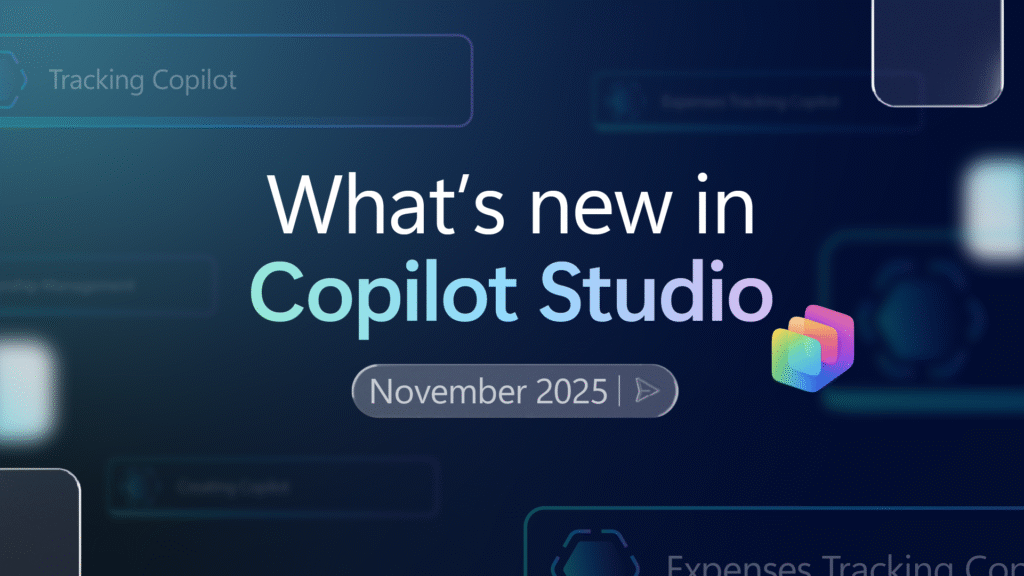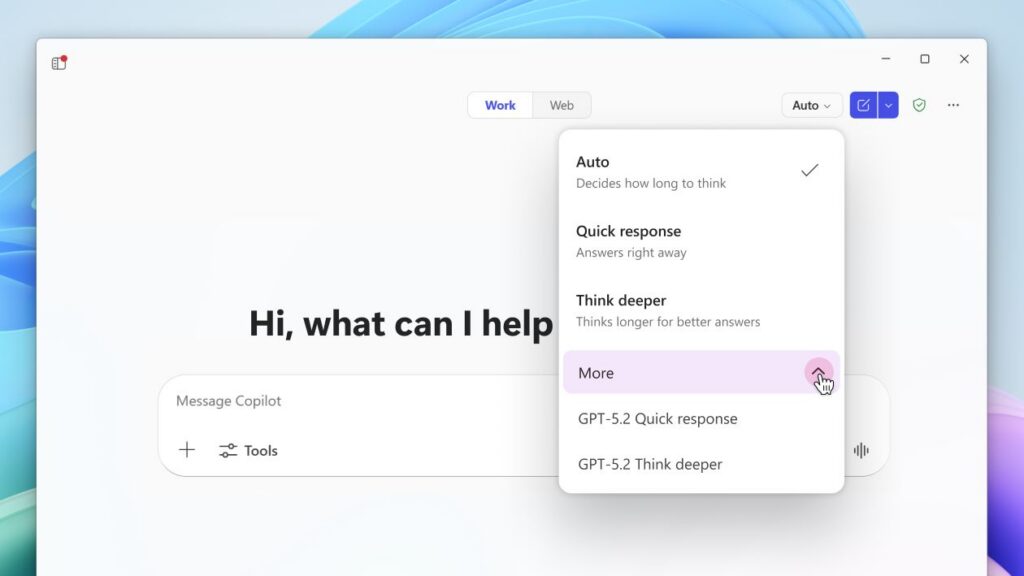As we venture further into 2024, AI transcends its role as a mere technological asset and emerges as a pivotal element of strategic innovation. In its recent “Top 10 Emerging Technologies in 2023” press release, Forrester highlights how conversational AI—which can enhance customer interactions, empower employees, and streamline organizational workflows—is poised to deliver a return on investment for most firms within two years.
For executives, understanding the role of conversational AI within the broader low-code strategy is critical to staying competitive. This technology is not just about keeping pace—it’s about setting the pace and meeting human beings, customers, and employees alike, where they are. And human beings are becoming harder to please. In a recent article, McKinsey & Company observes that two-thirds of millennials expect real-time customer service, and “three-quarters of all customers expect consistent cross-channel service experience.”1 AI-enabled customer service tools can help deliver those experiences for both customers and employees.
In this blog post, we’ll walk through how conversational AI can improve both customer and employee experiences. We’ll also examine how Microsoft Copilot Studio enables organizations to build, deploy, and scale custom copilots, which are pivotal for driving efficiencies and tackling unique business challenges, thereby allowing the creation of solutions that are precisely tailored to organizational needs.
Improving customer satisfaction and engagement
According to the 2023 Gartner® report How Generative AI Can Help Meet Customer Experience Expectations, “Customer retention and growth feature heavily in the plans of executives interested in generative AI. Thirty-eight percent of leaders see improving customer experience and retention as the primary purpose of initiatives to deploy applications trained on large language models, while 26% highlight revenue growth. Only 17% cite cost optimization”.2
One example of a company using conversational AI and low-code to improve customer experiences is Nsure.com, a medium-sized organization of 900 employees. The company, which matches customers with insurance carriers, has been using Copilot Studio to create copilots—custom AI assistants that can take on mundane and repetitive tasks so employees can concentrate on higher-value responsibilities.
Copilot Studio provides thousands of pre-built data connectors, which make it easy for organizations like Nsure.com to point their custom copilots to multiple first- and third-party data sources, tailor them for different applications, and extend capabilities from basic knowledge-based responses to complex task automation.
Nsure.com builds its copilots to support sales activities (including up-selling and cross-selling) and streamline interactions with customers, with a goal of having as much as 90% of incoming customer requests handled automatically. With copilots processing insurance quotes, payments, renewals, and discounts, Nsure.com agents can focus on what they do best: providing high levels of attentive customer service.
Improving the employee experience
Copilots automate everyday business processes, which empowers employees to spend more time on complex tasks, strategic initiatives, innovation, and higher-value responsibilities, leading to more satisfying employee experiences and an overall increase in staff productivity.
One company with an especially ambitious automation goal is Pacific Gas and Electric Company (PG&E), one of the largest combined natural gas and electric energy companies in the United States. In just four years, the company has used low-code and conversational AI to empower more than 4,300 makers, including advanced digital creators and new citizen developers, to realize more than 315 low-code/no-code solutions that save nearly 527,000 hours (almost $75 million in savings) each year.
We felt there was a ton of value to be had throughout our organization in terms of streamlining and automating a lot of low-value work and re-dedicating people in the organization to doing high-value work.
Mark Seveska, Executive Sponsor, IT Products and Enterprise Solutions, PG&E
Thanks to a powerful new AI assistant built with Copilot Studio that now meets 25% to 40% of PG&E’s help desk demand, the company has optimized the workloads of its busy agents and provided sizeable labor savings and service-level improvements. In fact, the amount of time saved on just one process—automating end-to-end SAP account unlock requests—adds up to 840 saved hours per year.
Low-code development can facilitate collaboration and communication among teams by providing real-time access to information, coordinating workflows, and fostering collaboration between different departments or team members, like business users and pro developers.
According to Gartner Webinar, “By 2026, code written by developers/humans will be reduced by 50% due to generative AI code generation models.” 3
Further underlining the transformative power of AI, research presented in a Gartner webinar on generative AI’s practical applications suggests a significant shift in the development landscape. By 2026, human-written code could be reduced by up to 50% due to the advent of generative AI code generation models, reshaping the future role of developers and accelerating the pace of innovation.3
For instance, Africa’s largest bank—Standard Bank of South Africa—has adopted a low-code approach to automate processes, conduct analyses, and develop solutions for various business requirements. They have established a Center of Excellence (CoE) to support more than 1,500 citizen developers who utilize Microsoft Power Platform across the bank’s global network.
Employees who had never dreamed of being developers were surprised at how easily they could build solutions with Power Platform to solve their business challenges.
Richard Blackwell, Standard Bank Infrastructure Management, Employee Experience, Head – Engineering Team, Standard Bank of South Africa
With strong governance, thanks to its CoE, the bank has been able to grow from productivity solutions for smaller teams to enterprise solutions, like an IT help desk bot built in Copilot Studio that now resolves 99% of all employee queries.
Discover how Microsoft Copilot Studio can help improve customer and employee experiences in your organization.
Get started with Copilot Studio today
As we wrap up our discussion, it’s clear that the transformative power of AI lies in its capacity to elevate both the customer and employee experience. By integrating conversational AI and crafting your own copilots with Copilot Studio, organizations can unlock unprecedented levels of efficiency, gain deeper customer insights, and chart new pathways for growth, truly embodying AI as a strategic asset.
Whether you’re at the inception of your AI adoption journey or looking to scale existing capabilities, Copilot Studio offers a robust, low-code platform that simplifies the design, enhancement, and management of AI copilots, making it accessible for users of all expertise levels to deploy solutions across various channels swiftly. Begin your transformative journey with Copilot Studio today and extend the capabilities of copilots or create ones uniquely on your own.
Start a free trial of Copilot Studio.
Sources:
1 The next frontier of customer engagement: AI-enabled customer service, McKinsey & Company, 2023.
2 Gartner, How Generative AI Can Help Meet Customer Experience Expectations, By Gene Alvarez, Uma Challa, Leah Leachman, 3 August 2023.
3 Gartner Webinar, Beyond the Hype: The Practical Applications & Use Cases of Generative AI, 2023.
GARTNER is a registered trademark and service mark of Gartner, Inc. and/or its affiliates in the U.S. and internationally and is used herein with permission. All rights reserved.





